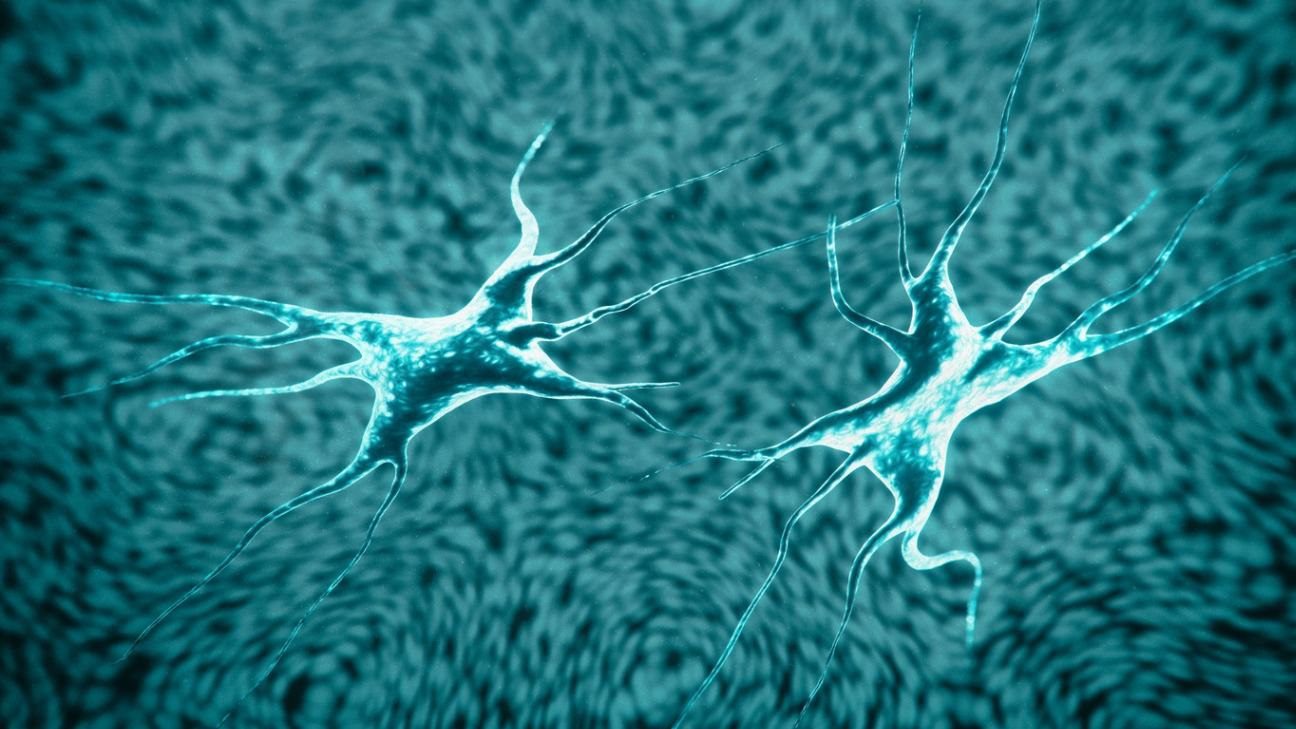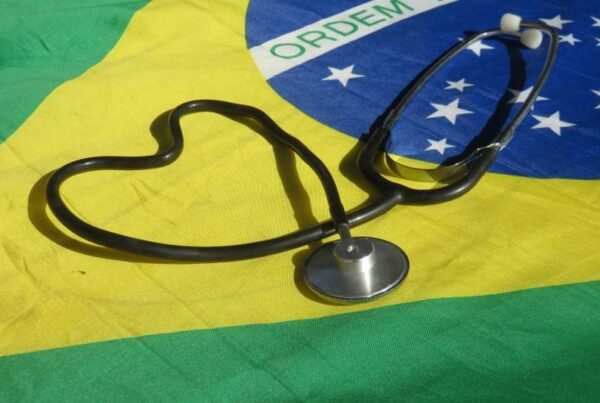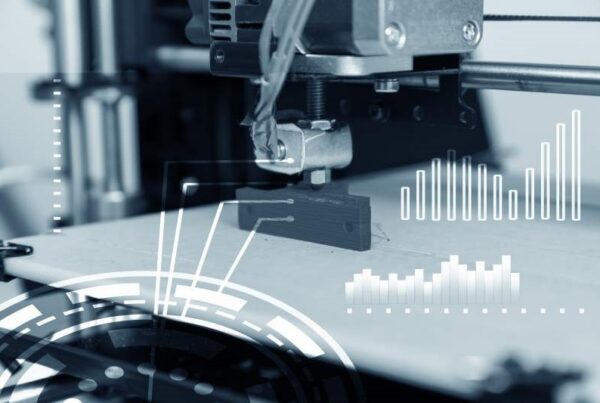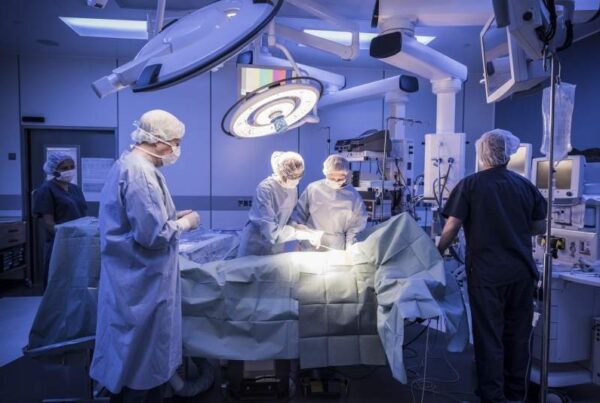The global neurostimulation device market was estimated at USD1,902 million in 2016 and expected to grow at a CAGR of 8.67% between 2017-2025 to reach an estimated USD4,004 million by 2025. A major driving factor for the market is that neurostimulation devices help in the therapeutic activation of many neurological diseases. The myriad application of these devices can be seen in patients suffering from – pain management, epilepsy, essential tremor, urinary and fecal incontinence, depression, dystonia, gastroparesis, and Parkinson’s disease. Despite such a wide range of applications, safety remains to be a major challenge in the market. The risk of contracting infections at the time of implantation or safety issues regarding patients being in contact with, or, near to electromagnetic radiation and electrical and gas-powered appliances. Also, any malfunction of implanted device may go unnoticed by the patient leading to higher risks.
The North America region has the highest share in the market, with the United States being the major contributor. However, markets such as the Asia- Pacific are promising to exhibit the fastest growth in the forecast period. Factors such as a large patient base and increasing investments in healthcare sectors in countries like China and Japan are proving favorable for the market growth. Despite the increasing competition, the neurostimulation devices market will continue to be dominated by North America owing to factors such as continual support and interest of global investors thanks to the advances in technology and the government’s increased focus on improving patient safety and procedure efficiency by using neurostimulation devices.
The major players in the market include St Jude Medical, Medtronic, Boston Scientific, Aleva Neurotherapeutics, Cogentix Medical, Depuy Synthes Companies, Dr. Langer Medical GMBH, EBS Technologies, Intrapace, Neurological Surgery PC, Neuronetics, Nevro, and the Magstim Company.



